Ajvar, Alexander and A Visit to Macedonia
Focusing on Southeast Europe, formerly known as The Balkans
Welcome to FYROM, Former Yugoslav Republic of Macedonia, now known as North Macedonia. This lovely lass peered down from above as we walked the streets of Ohrid on this date in 2016.
Her family is behind her, making ajvar, a traditional pepper-based condiment. The entire family joins in this annual tradition. The market was full of people, peppers, and the pungent perfume of ajvar.
The smell of the wood smoke and cooking peppers gave the city a marvelous aroma.
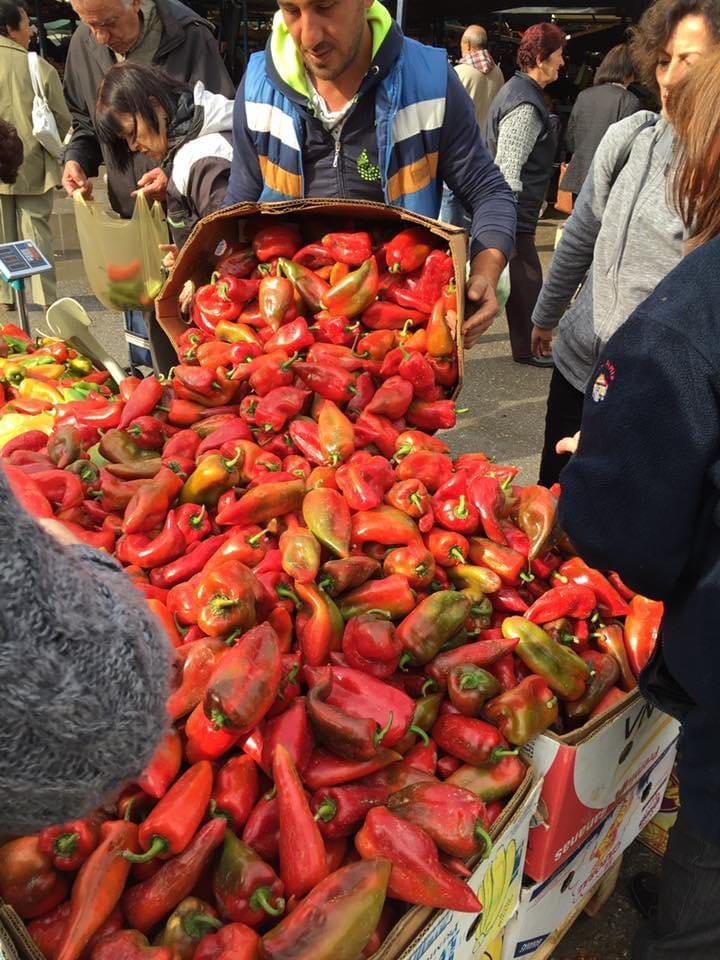
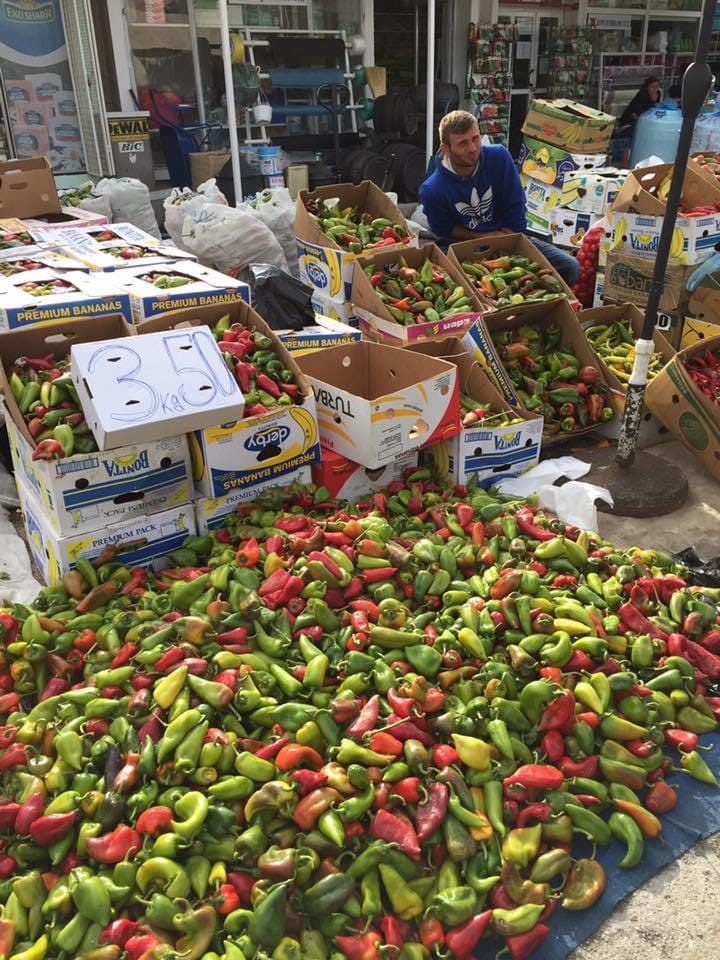
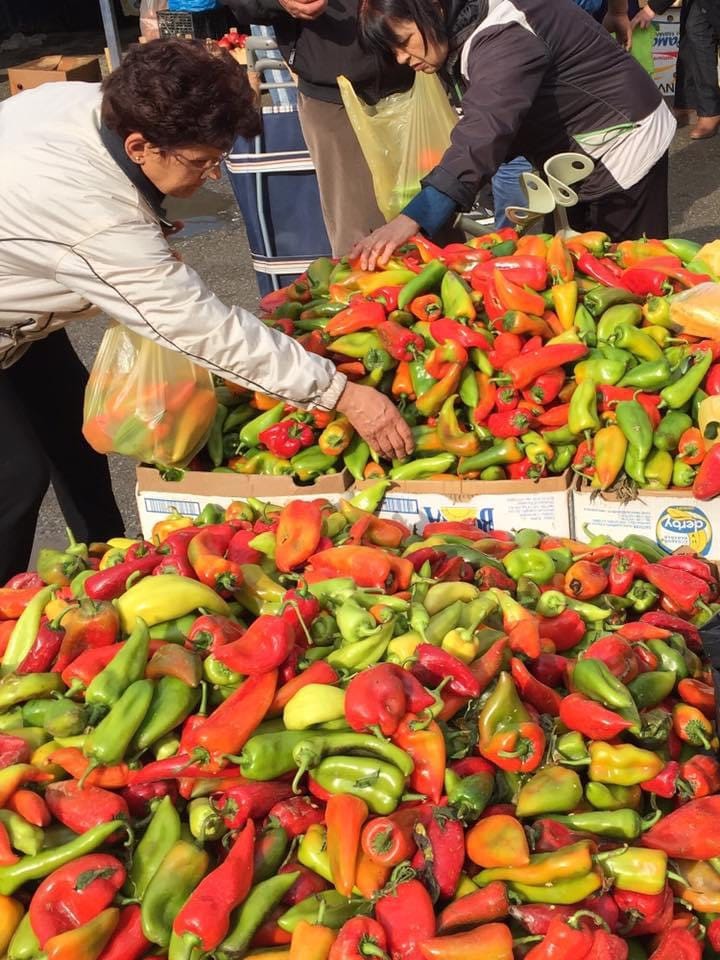
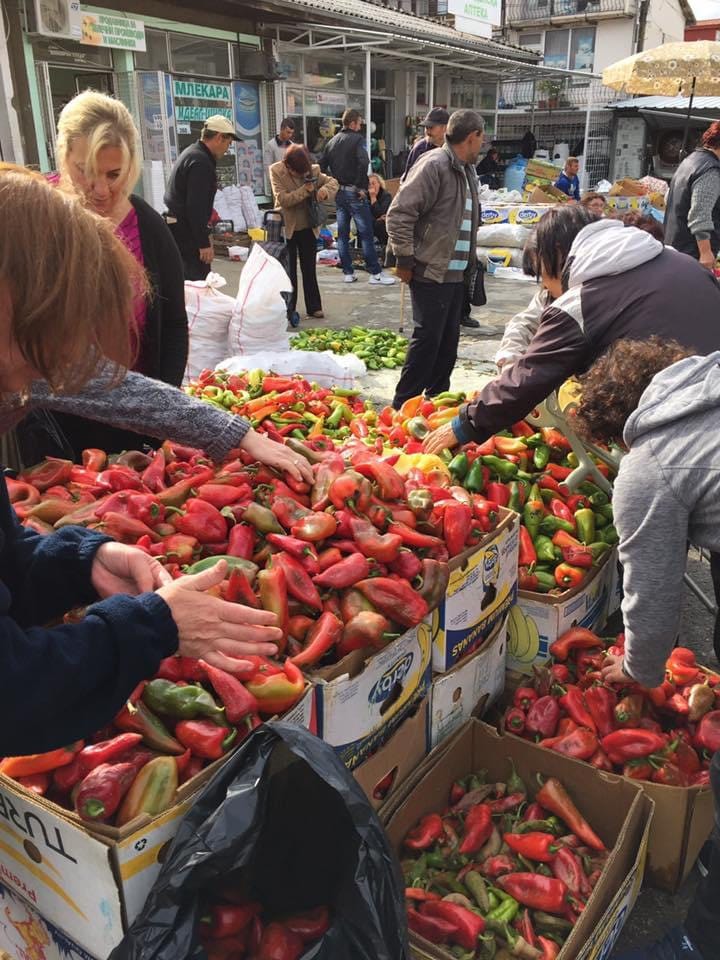
Here’s the recipe for ajvar (pronounced “AY-var”) if you want to try to make it. Traditional Ajvar recipe from Virtual Macedonia. Every region has its own unique take, but most include roasted red bell peppers, roasted eggplant, tomatoes, garlic, olive oil and vinegar. It’s like salsa in Mexico. They roast the vegetables ove charcoal fires.
Ohrid was the halfway point of a brilliant trip that started in Thessaloniki, then west through northern Greece, north into Northern Macedonia, east through southern Albania and ending on the island of Corfu.
Northern Macedonia, formerly part of Yugoslavia, is a land locked country, bounded by Greece to the south, Albania to the west, Kosovo to the north and Bulgaria to the east.
Above: google maps.
The Danube flows 200 kilometers north of here, on the northern border of Bulgaria. Since we will not be traveling this far off that river I thought I might add this visit to help give a fuller understanding of Southeast Europe, (fka The Balkans).
I am hoping to get a taste of some ajvar on our tour. It is popular throughout Southeast Europe.
As I mentioned, in 2016 we started our trip in Thessaloniki, an amazing city with an incredible history. 75 kilometers west of Thessaloniki is the tomb of Philip II of Macedon. This valuable site was found undisturbed and is now restored and open to visitors as part of the Museum of the Royal Tombs of Aigai (Vergina). The following pics are public domain credit Creative Commons
Above: entrance to the tombs and museum.
Above: Hades abducting Persephone, wall painting in the small royal tomb at Verghina (Verghina), Macedonia.
Gold Gorgon Head on Phillip II’s breastplate.
The golden larnax (container of cremated remains) of Philip II of Macedon.
Philip II of Macedon (383-336 BC) was the father of Alexander the Great. He reformed the Macedon Army, introducing the Phalanx, and with this military innovation defeated the city states of Greece, unifying all under his reign.
The Macedonian Phalanx struck terror into opposing forces.
The soldiers holding these 6 meter long spears, called sarissa, were the most inexperienced. Their job wasn’t to penetrate the enemy’s lines, but simply to hold their opponents in place while the heavy cavalry, positioned on either end of the line, broke through, squally on the right, causing chaos.
Philip II’s son Alexander the Great used these tactics and the skill and experience of his father’s army to sweep through Egypt and Persia to India.
Alexander the Great, from a mosaic in the House of the Faun, Pompeii. Public Domain, Creative Commons.
Southeast Europe covers a lot of territory, with different ethnicities, yet a blend of cultures as well. One thing that unites this region is its love of ajvar.
It’s good to find common ground.
Thanks for traveling along~!







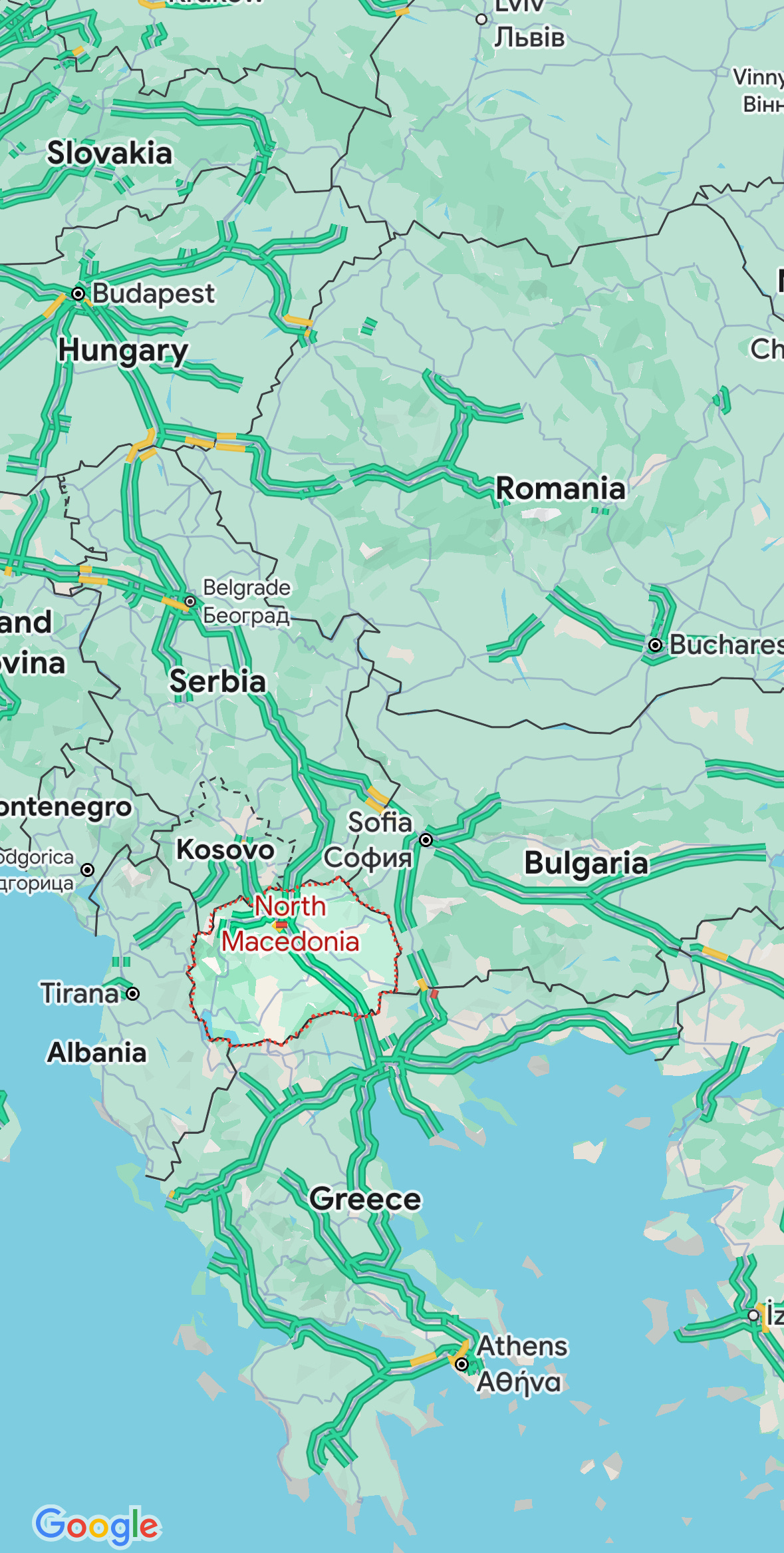
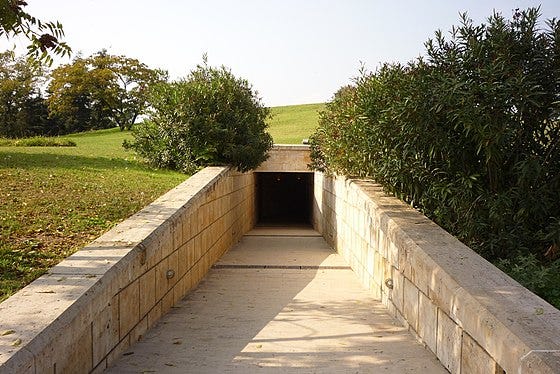
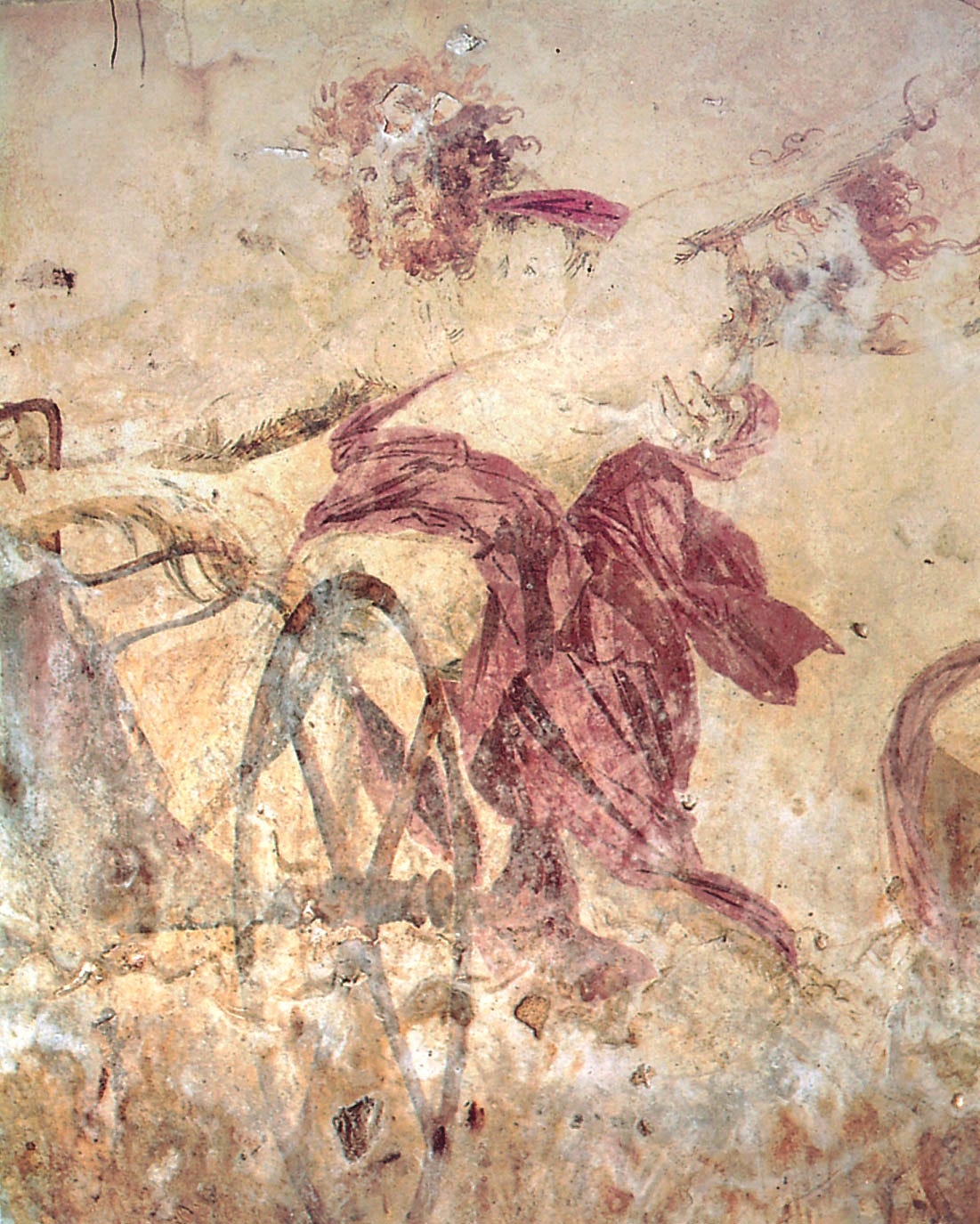
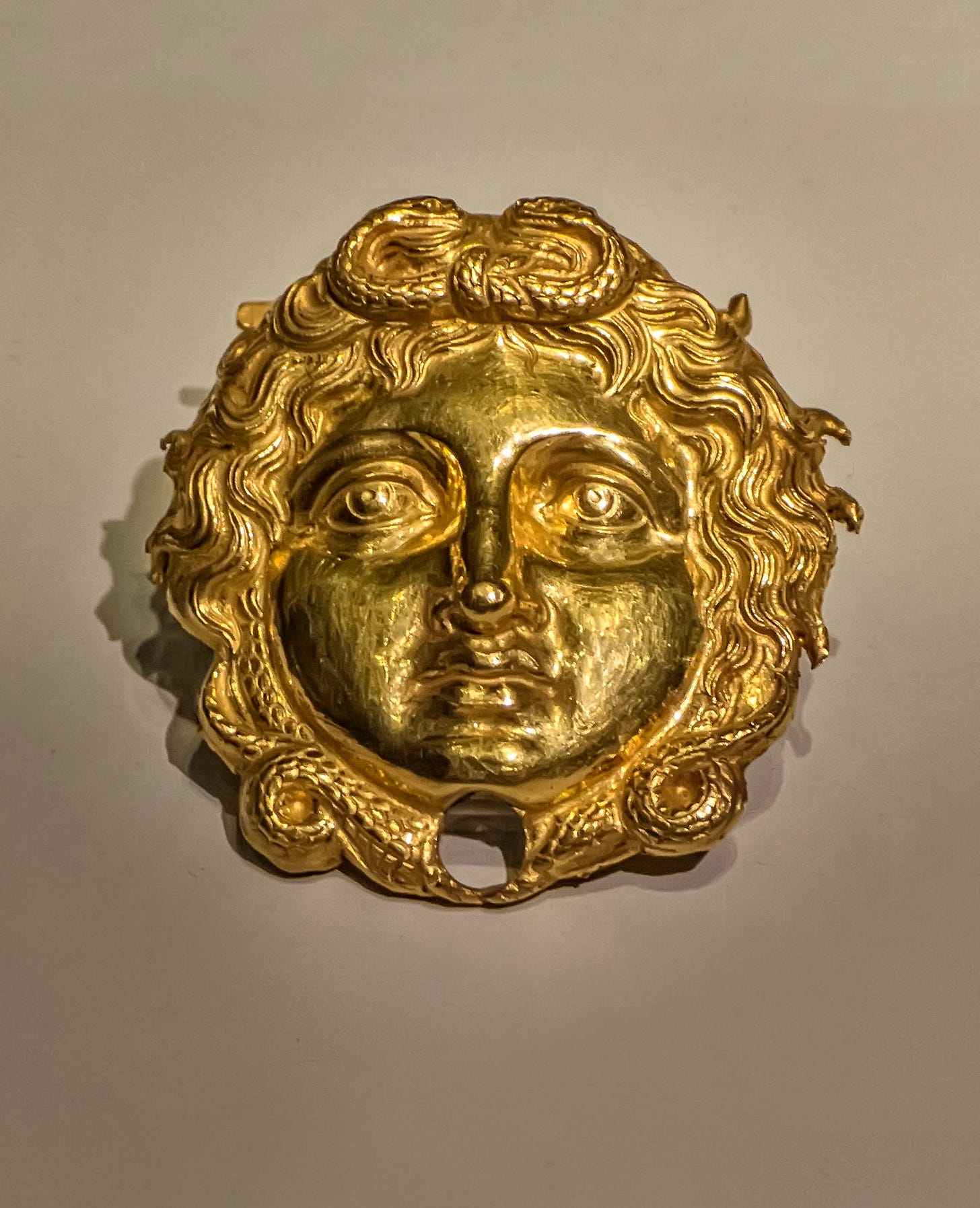
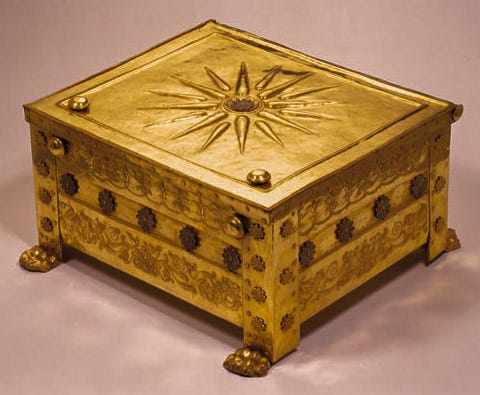
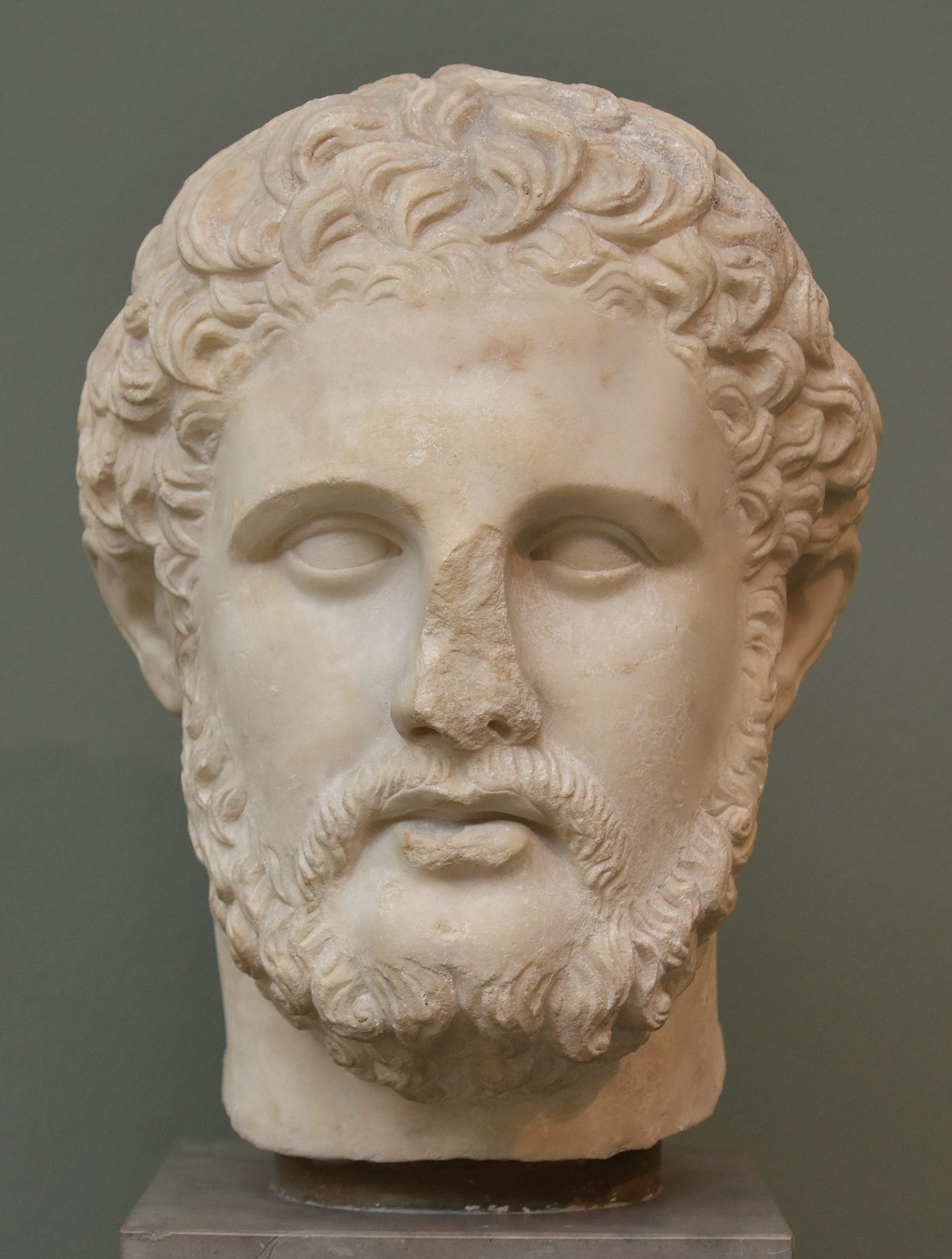



Thank you for this post, David. This area of Europe is a big hole in my education. Fascinating. And isn't it interesting how food unites people ... dare I say much more powerfully than religion?
This was such a great trip, David. Meteora and other sites have been coming up on my feed this week reminding me of the time we spent in the Balkans. Your photos and explanations of the items in that wonderful museum are stellar. Thanks.